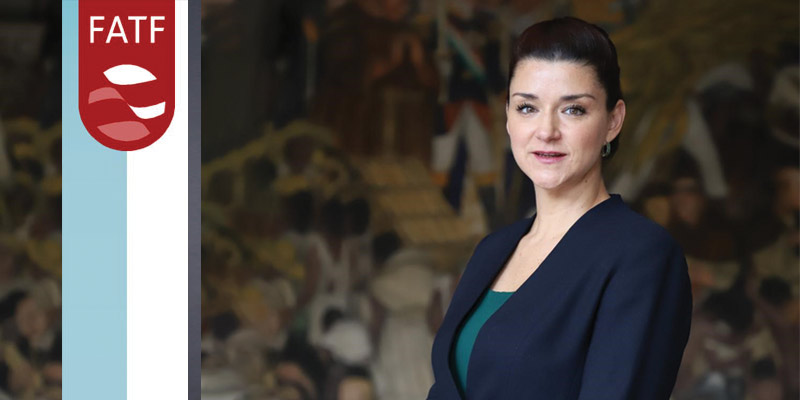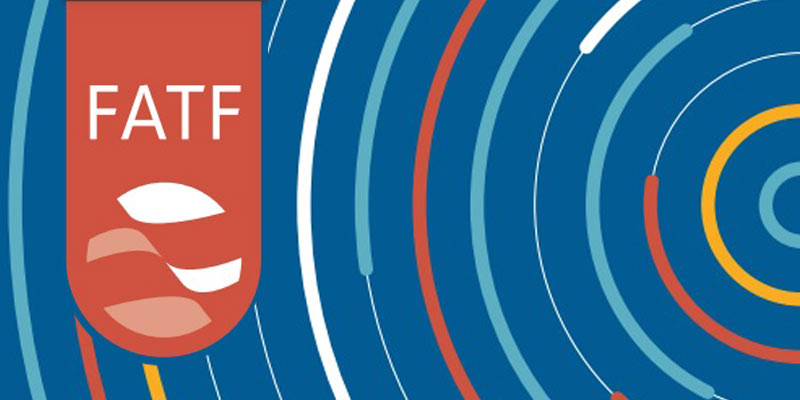- World
- Jul 11
Mexico’s Elisa de Anda Madrazo assumes FATF presidency
• Elisa de Anda Madrazo of Mexico began her two-year term as the president of Financial Action Task Force (FATF) on July 1, 2024. She succeeded T. Raja Kumar of Singapore.
• Until June 2023, she held the position of FATF vice-president for three years.
• Madrazo has over a decade of experience in leadership positions in the anti-money laundering (AML) and countering the financing of terrorism (CFT) sector.
• She currently serves as Director General in Mexico’s Ministry of Finance and Public Credit.
• The FATF president is appointed by the FATF Plenary from among its members.
• The president convenes and chairs the meetings of the FATF Plenary and the Steering Group.
• The FATF Executive Secretary and FATF Secretariat staff are responsible to and act under the instructions of the president, in accordance with any directions given by the Plenary, on all issues relating to the activities and function of the FATF.
• The president is the principal spokesperson for the FATF and represents the FATF externally.
What is the FATF?
• The Financial Action Task Force (FATF) is an inter-governmental body established in 1989 by the ministers of its member jurisdictions.
• The objectives of the FATF are to set standards and promote effective implementation of legal, regulatory and operational measures for combating money laundering, terrorist financing and other related threats to the integrity of the international financial system.
• The FATF is a policymaking body that works to generate the necessary political will to bring about national legislative and regulatory reforms in these areas.
• The FATF currently has 40 members including two regional organisations — the European Commission and Gulf Cooperation Council.
• India is a member of the FATF consultations and its Asia Pacific Group.
The FATF has two types of lists:
1) High Risk Jurisdictions Subject to a Call for Action (Black List)
2) Jurisdictions under Increased Monitoring (Grey List).
1) Black List
• High-risk jurisdictions have significant strategic deficiencies in their regimes to counter money laundering, terrorist financing, and financing of proliferation.
• This list is referred to as the ‘Black List’.
• Iran, North Korea and Myanmar are on the FATF Black List.
2) Grey List
• Countries that are considered as safe havens for supporting terror funding and money laundering are included in the ‘Grey List’.
• When the FATF places a jurisdiction under increased monitoring, it means the country has committed to swiftly resolve the identified strategic deficiencies within agreed timeframes and is subject to increased monitoring.
• Inclusion in the Grey List makes it difficult for a country to get financial aid from world bodies such as the IMF. The list makes it difficult to get investors and creditors, adversely impacts exports, output and consumption and also makes it difficult for global banks to do business with a listed country.
• Bulgaria, Burkina Faso, Cameroon, Croatia, Congo, Haiti, Kenya, Mali, Monaco, Mozambique, Namibia, Nigeria, Philippines, Senegal, South Africa, South Sudan, Syria, Tanzania, Venezuela, Vietnam, Yemen are on the FATF Grey List.
Manorama Yearbook app is now available on Google Play Store and iOS App Store


